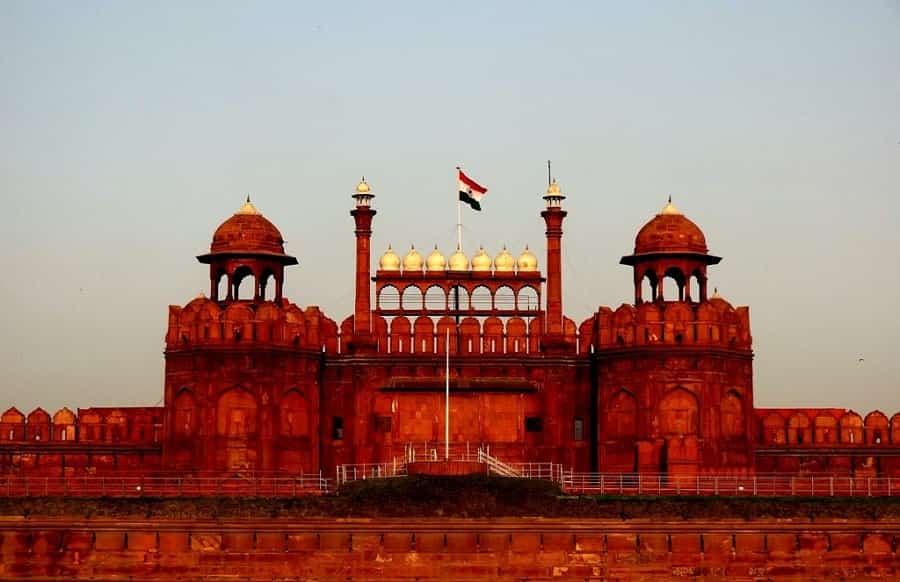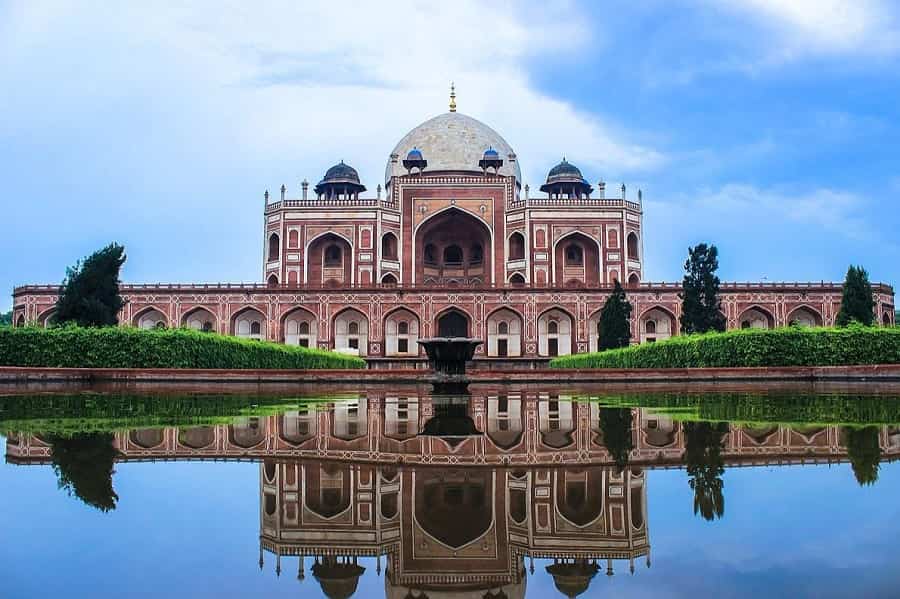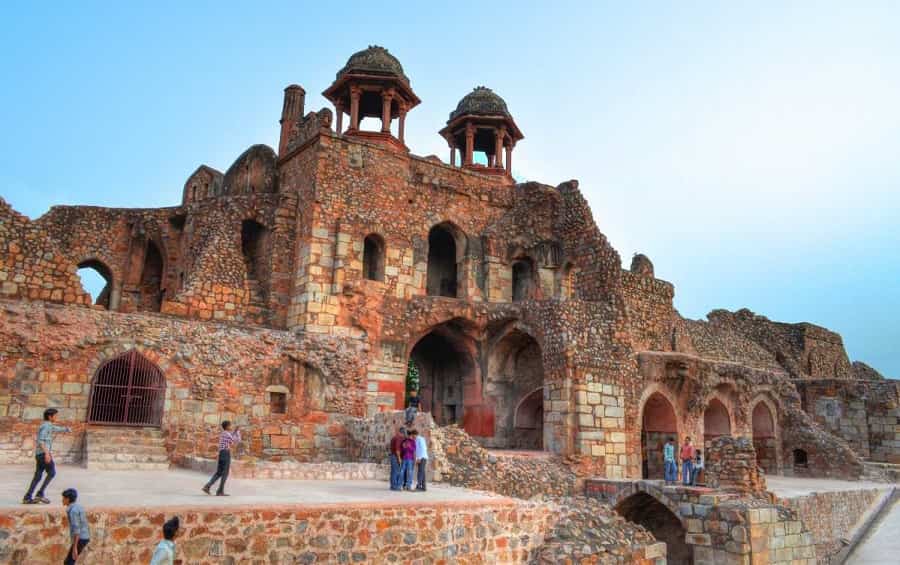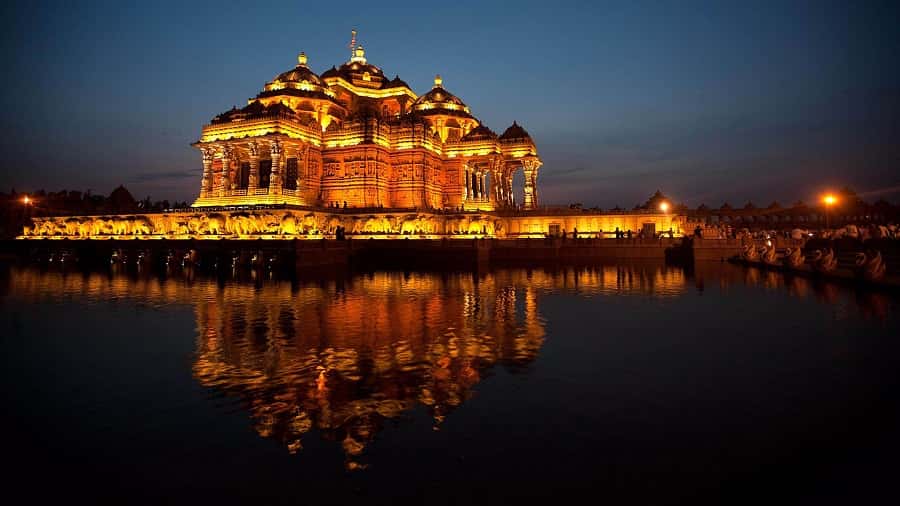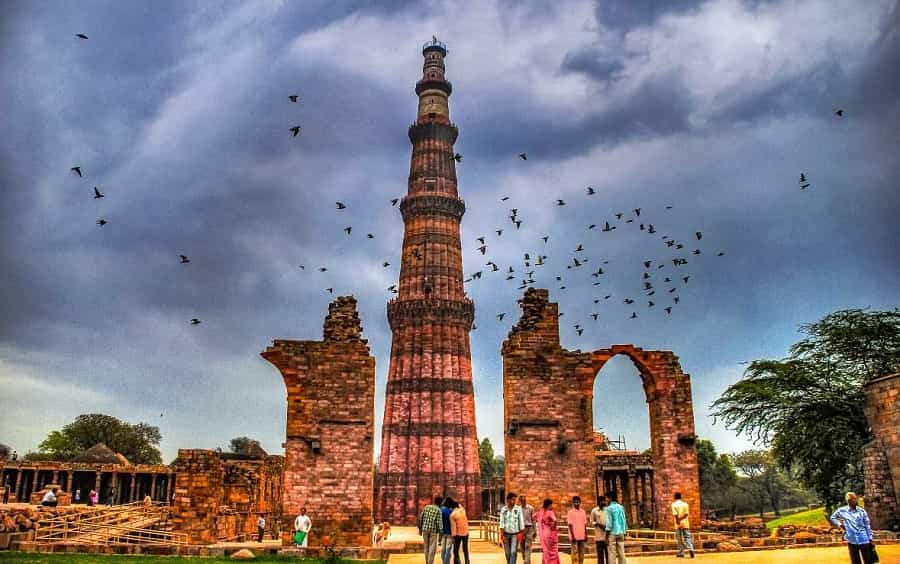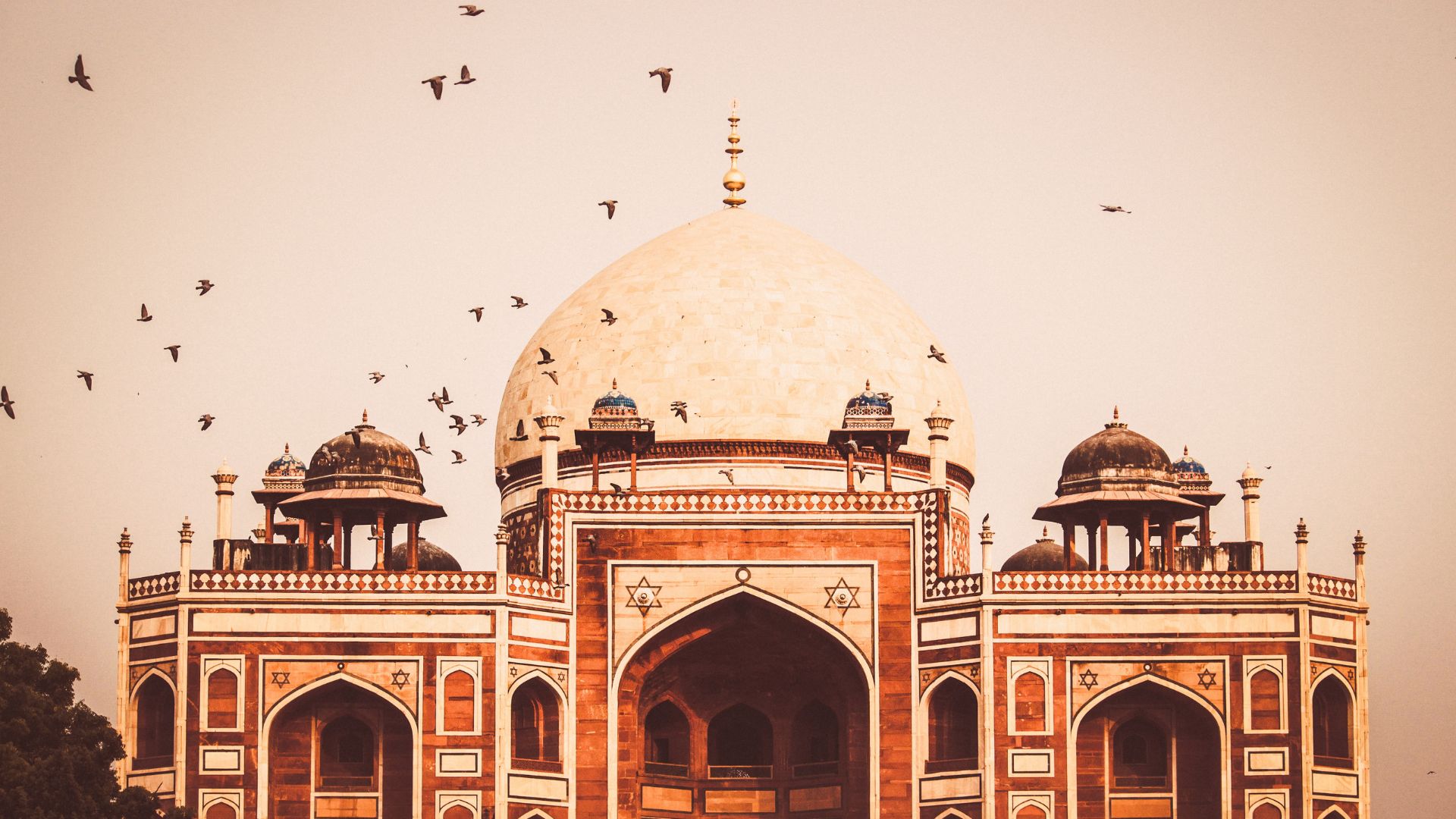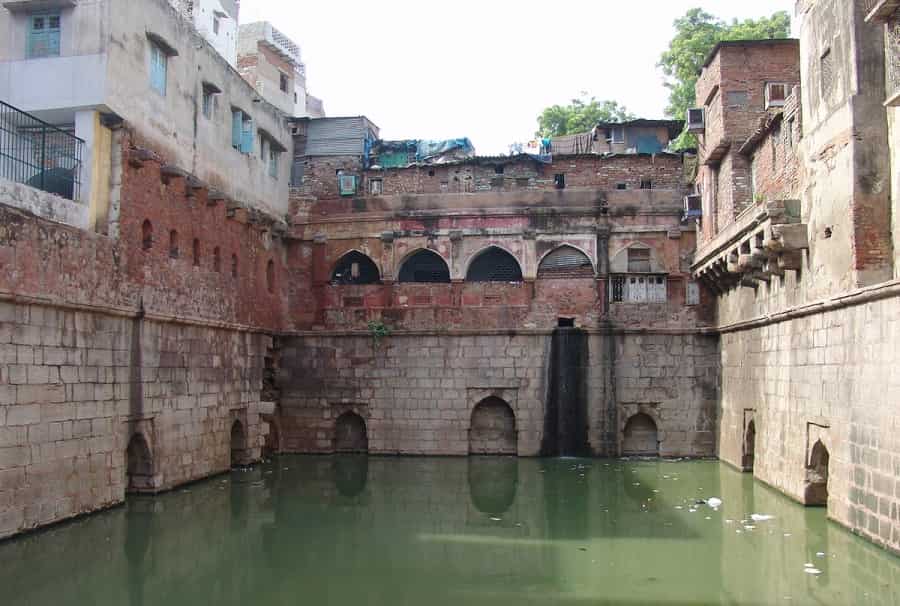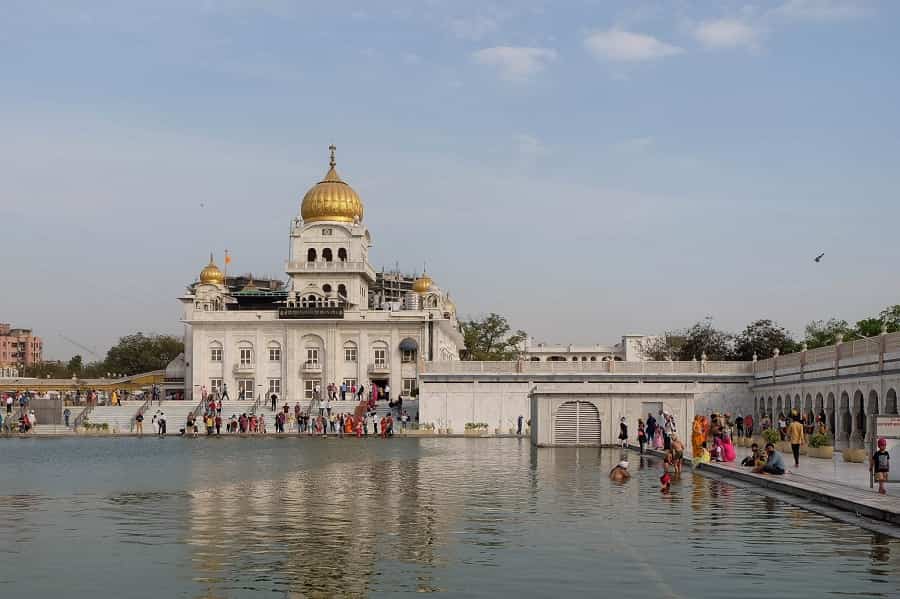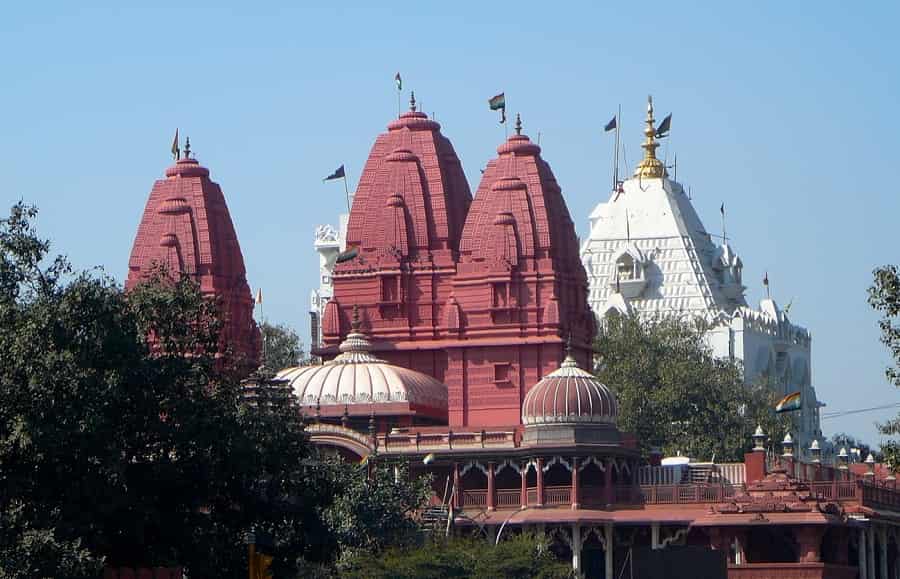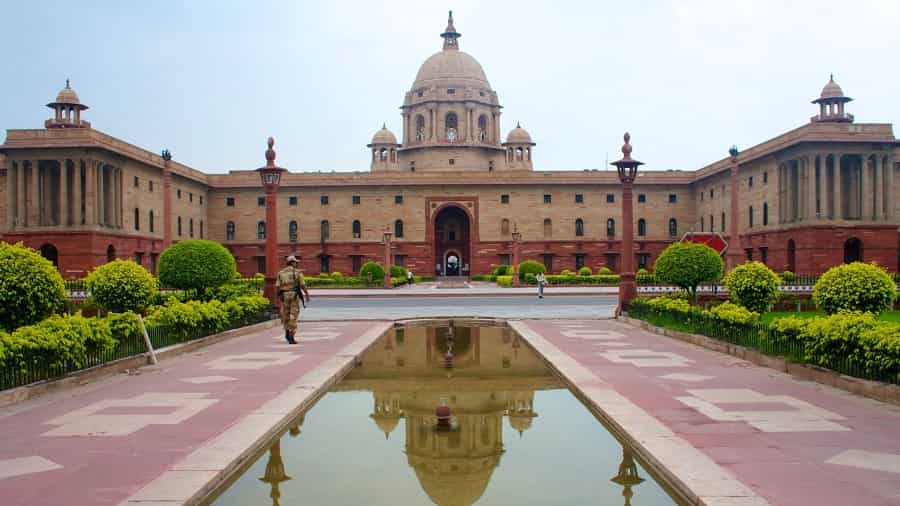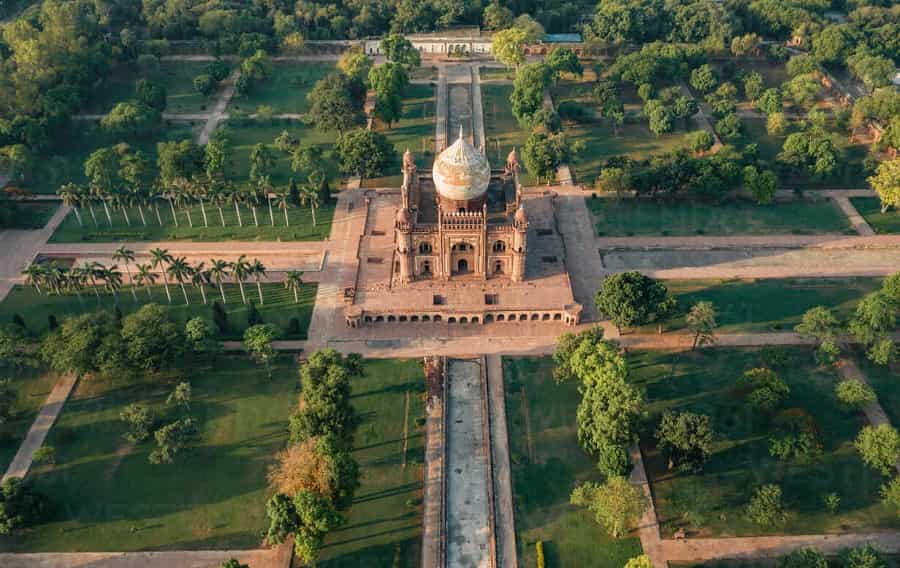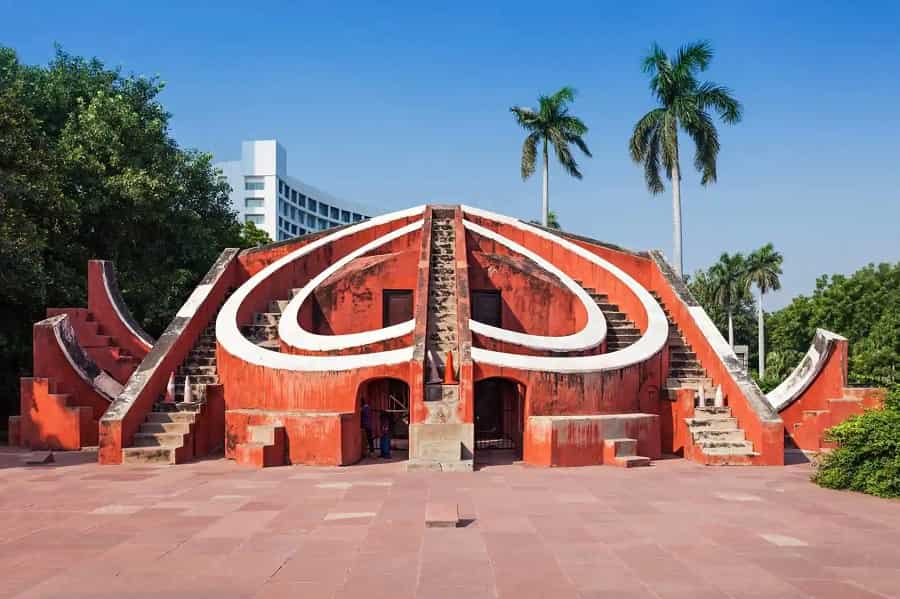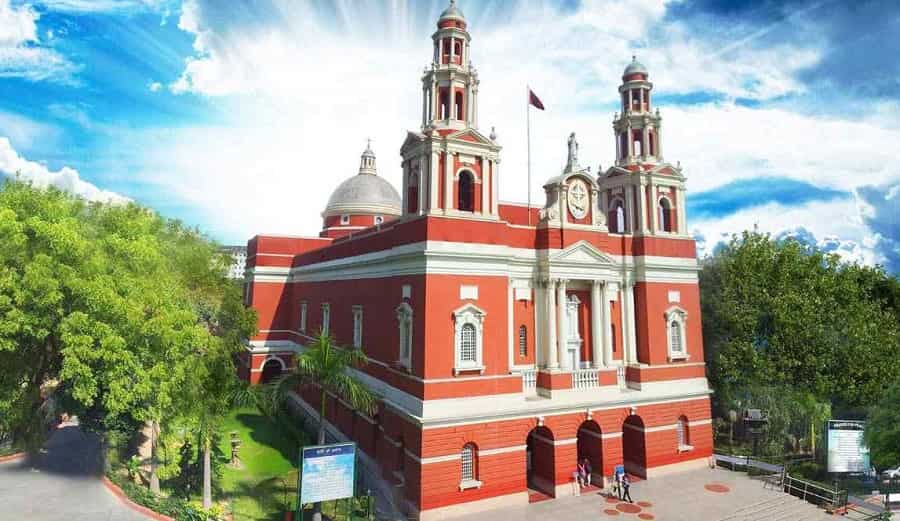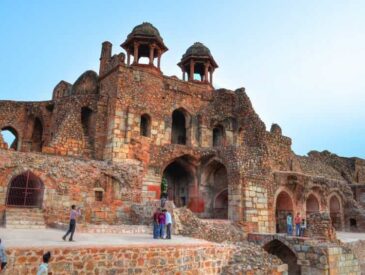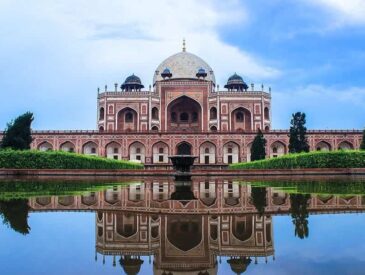India’s capital, Delhi, boasts a history that spans thousands of years and a heritage as vibrant as its scenic landscape. Throughout history, Delhi has served as the capital of numerous empires, most notably the Mughal dynasty, which constructed many grand forts and monuments. Over time, many of these forts and monuments were abandoned, captured, or neglected, yet they left behind a rich historical legacy. Even today, Delhi’s storied past is preserved in the forts and monuments scattered throughout the city, each one quietly telling a tale from its historical past.
Additions were continually made to these forts and monuments, resulting in a remarkable architectural heritage that blends several styles. This evolution began with the Hindu-Rajput influence, followed by the Mughal style, and later incorporated British architectural elements.
Delhi is home to several iconic structures, including the Red Fort, Old Fort, Qutub Minar, India Gate, Jama Masjid, and Humayun’s Tomb. In this context, we offer glimpses of some of the most significant forts and monuments that define the city’s architectural and historical landscape.
1- Red Fort
- Built by: Emperor Shah Jahan
- Built in: 1648
- Timings: 9:30 AM – 4:30 PM (Closed on Mondays)
- Entry Fee: ₹35 (Indians), ₹500 (Foreigners)
- How to Reach: Located in the heart of Old Delhi, accessible by Metro (Chandni Chowk Station), bus, or taxi.
Red Fort or Lal Qila is a massive red sandstone structure situated on the bank of River Yamuna in old Delhi. The fort was built by Shah Jahan when he decided to shift his capital from Agra to Delhi. The Fort was completed in the year 1648. There are two main entrances to the Fort- Delhi Gate and Lahori Gate. The best attractions inside the massive structure are the archaeological museum and Diwan-e-Aam, the court where the emperor used to hear public grievances. Equally attractive is Diwan-e-Khas, which was built for distinguished guests of the emperor. A Sound and Light Show has been introduced in the evenings which shows the history of Delhi in a most captivating manner.
2- Humayun’s Tomb
- Built by: Empress Bega Begum (Humayun’s wife)
- Built in: 1570
- Timings: 6:00 AM – 6:00 PM
- Entry Fee: ₹40 (Indians), ₹600 (Foreigners)
- How to Reach: Nearest Metro Station – Nizamuddin (approx. 15 min walk), buses, or taxi.
Humayun’s tomb was built by Haji Begum, wife of the great emperor in the 16th century. A predecessor of the Taj Mahal, the tomb of Humayun is another example of Mughal architectural brilliance. Built in red sandstone, there are intricate carvings on the walls of the tomb. Black and yellow marbles have also been used in its construction. Humayun’s wife is also buried in the same place. On Fridays, entry to the tomb is free.
3- Old Fort
- Built by: Emperor Humayun (during Sher Shah Suri’s reign)
- Built in: 1541
- Timings: 9:00 AM – 6:00 PM
- Entry Fee: ₹20 (Indians), ₹200 (Foreigners)
- How to Reach: Nearest Metro – Pragati Maidan (15 min walk), buses, or taxis.
The place where the Old Fort stands in present times matches with legendary tales of the place where Pandavas had built their capital Indraprashtha. Most of the fort is now in ruins. This fort has also been the administrative seat of many emperors belong to medieval and early modern period. The best example is Prithviraj Chauhan who had ruled from this place. To attract tourists to the place in large numbers, a new light and sound show in the evenings has been introduced.
4- Akshardham Temple
- Built by: Swaminarayan Akshardham Temple Trust
- Built in: 2005
- Timings: 9:30 AM – 6:30 PM (Closed on Mondays)
- Entry Fee: Free (charges for exhibitions)
- How to Reach: Nearest Metro – Akshardham Station (Blue Line).
Situated close to Nizammuddin bridge on the banks of Yamuna river, Akshradham Temple provide a glimpse of India’s thousands year old cultural heritage. Built by the world famous BAPS (Bochasanwasi Shri Akshar Purushottam Swaminarayan Sanstha) Sanstha, the Akshardham Temple complex houses several tourist attractions including Hall of Values, Giant Screen Film, Musical Fountain (Yagnapurush Kund), Garden of India, Yogihriday Kamal etc.
5- Qutab Minar
- Built by: Qutb-ud-Din Aibak (and later completed by Iltutmish)
- Built in: 1193
- Timings: 7:00 AM – 5:00 PM
- Entry Fee: ₹35 (Indians), ₹550 (Foreigners)
- How to Reach: Nearest Metro – Qutub Minar Station (Yellow Line).
The Minar is one of the most magnificent monuments dotting the landscape of Delhi. Built in the year 1199 by Qutab-ud-din-Aibak, it is not clear whether he built it as a victory tower or as a minaret to the adjacent mosque. From the ground, it rises to a height of 72.5 metres. Although the main dome has collapsed, the interiors are profusely decorated with calligraphy. The highest stone tower in India, Qutab Minar is one of the finest Islamic structures ever raised.
6- Jama Masjid
- Built by: Emperor Shah Jahan
- Built in: 1656
- Timings: 7:00 AM – 12:00 PM, 1:30 PM – 6:30 PM
- Entry Fee: Free
- How to Reach: Nearest Metro – Jama Masjid Station (Yellow Line).
Jama Masjid is the largest Mosque in the country and the last architectural extravagance of Shah Jahan. The mosque is located just opposite the historic Red Fort in the heart of walled city, Old Delhi. Shah Jahan commenced the construction of this mosque in 1644 and it was completed in the year 1658. Jama Masjid has three massive gateways, four angle towers and two minarets soaring to a height of 40 mts. The minarets are constructed of alternating vertical strips of white marble and red sandstone. Broad flights of steps take you to the imposing gateways of the mosque. Jama Masjid can accommodate more than 10,000 worshippers at a time and it offers a fine view of the Red Fort.
7- Hazrat Nizamuddin Auliya Dargah
- Built by: Followers of Sufi saint Hazrat Nizamuddin Auliya
- Built in: 14th century
- Timings: Open daily (6:00 AM – 10:00 PM)
- Entry Fee: Free
- How to Reach: Nearest Metro – Hazrat Nizamuddin Station (Orange Line).
Just across the road from Humayun’s Tomb, lies the tomb of Muslim saint Nizamuddin Auliya who died at the age of 92 in 1325. Today, this dargah is visited by people of all faiths from all over the world. Apart from the shrine of Nizamuddin Auliya, the Dargah complex houses the tomb of Amir Khusro and several other interesting tombs, a big mosque and a large tank. Outside the Dargah complex, you will see the tomb of renowned Urdu poet, Mirza Ghalib. Of course, you will get mesmerized with the beautifully design tomb, but the serene atmosphere of the Dargah will take you to a tranquil world.
8- Gurdwara Bangla Sahib
- Built by: Sikh community
- Built in: 1783
- Timings: 5:00 AM – 9:00 PM
- Entry Fee: Free
- How to Reach: Nearest Metro – Patel Chowk Station (Yellow Line).
Gurdwara Bangla Sahib is one of the popular sacred places of worship in Delhi. Situated close to the main Connaught Place, the Gurdwara is thronged by lakhs of pilgrims and tourists, especially on holidays. Gurdwara Bangla Sahib is constructed on the site of a house where Guru Harkishen Dev, eight guru of Sikhs, stayed when he visited Delhi in 1664. Guru Harkishen Dev died of smallpox on 30th March, 1664 and the Gurudwara was built in 1783 by Sardar Baghel Singh. Later, Baba Harbans Singh Ji rebuilt the Gurdwara and added a Sarovar. The Gurudwara is a massive four storey building and it has gold-plated dome, beautiful white facade towers. Every year, the birthday of Guru Harikrishan Ji is celebrated in the gurudwara with great pomp.
9- Sri Digambar Jain Lal Mandir
- Built by: Jain community
- Built in: 1658
- Timings: 5:00 AM – 9:00 PM
- Entry Fee: Free
- How to Reach: Nearest Metro – Chandni Chowk Station (Yellow Line).
Sri Digambar Jain Lal Mandir is located in Chandni Chowk area of Old Delhi just opposite the historic Red Fort. The Jain temple was built in the year 1658 and it is also known for an avian veterinary hospital situated in another building behind the main temple. You must remember that it is necessary to get checked all animal products at the main gate as they are against Jain precepts.
10- India Gate
- Built by: Sir Edwin Lutyens
- Built in: 1931
- Timings: Open 24 hours
- Entry Fee: Free
- How to Reach: Nearest Metro – Central Secretariat (Yellow & Violet Lines).
Right in the heart of Delhi, India Gate is a famous war memorial. It is a huge 42 metre high gate structure in memory of those thousands of soldiers who sacrificed their lives during the Afghan war and World War I. The famous architect Edward Lutyens had designed this magnificent monument. An eternal flame, called the Amar Jawan Jyoti is lit under the gate to honour the many unknown soldiers and martyrs who made supreme sacrifices for the motherland. India’s Republic Day parade passes through the gate.
11- Rashtrapati Bhavan
- Built by: Sir Edwin Lutyens
- Built in: 1929
- Timings: 9:00 AM – 4:00 PM (Closed on Mondays)
- Entry Fee: ₹50 (Indians), ₹200 (Foreigners)
- How to Reach: Nearest Metro – Central Secretariat (Yellow & Violet Lines).
The Rashtrapati Bhavan, the official residence of President of India is one of the best examples of architecture of the colonial period. During the colonial period, it used to be the official residence of the Viceroys stationed in India. The design of this palatial building was also done by Edward Lutyens. In the construction of this huge structure, cream and red-colored sandstones and diverse varieties of marbles have been used. The interiors consist of 340 rooms and 35 lobbies. There are also well-maintained gardens and 37 fountains. The Mughal Garden of Rashtrapati Bhavan is regarded as one of the best botanical gardens of the country. The gardens are opened for public viewing sometime in the months of February-March.
12- Safdarjung Tomb
- Built by: Nawab Shuja-ud-Daula (for Safdarjung)
- Built in: 1754
- Timings: 7:00 AM – 5:30 PM
- Entry Fee: ₹20 (Indians), ₹200 (Foreigners)
- How to Reach: Nearest Metro – Safdarjung Station (Violet Line).
The tomb of Safdarjung was built by the Nawab of Avadh in the memory of his father. The structure is one of the finest examples of the architecture of that period. The tomb is located near the Safdarjung airport.
13- Jantar Mantar
- Built by: Maharaja Jai Singh II
- Built in: 1724
- Timings: 9:00 AM – 7:00 PM
- Entry Fee: ₹50 (Indians), ₹200 (Foreigners)
- How to Reach: Nearest Metro – Janpath Station (Violet Line).
Jantar Mantar is an observatory that can calculate many astronomical movements very accurately. This also includes time and date. The structure has been modelled on the Jantar Mantar of Jaipur. Built by the Rajput warrior Maharaja Jai Singh, it is located in the famous Connaught Place area of Delhi.
14- Church of the Sacred Heart
- Built by: Catholic Church of Delhi
- Built in: 1930
- Timings: 6:00 AM – 7:00 PM
- Entry Fee: Free
- How to Reach: Nearest Metro – Kashmere Gate Station (Red Line).
Just off Connaught Place, close to Gurdwara Bangla Sahib, the Church of the Sacred Heart lies on South end of Bhai Vir Singh Marg. Church of the Sacred Heart was built in the year 1927-28 A.D by Henry Medd.


